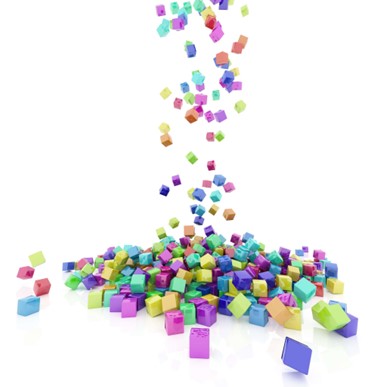What is Masterbatch?
Masterbatch, simply put, is a concentrated mixture of pigments or additives encapsulated in a carrier resin. It acts as a coloring agent or additive in plastics during the manufacturing process, imparting desired properties such as color, UV resistance, flame retardancy, or anti-static characteristics.
Raw Materials and Pigments
To create a masterbatch, manufacturers start with high-quality raw materials: pigments, carrier resins, and additives. Pigments provide the color, while carrier resins, typically polyethylene (PE) or polypropylene (PP), act as a vehicle to disperse the pigment evenly throughout the plastic.
Mixing and Compounding
In the mixing stage, the raw materials are precisely weighed and blended in mixers or compounders. This process ensures uniform dispersion of pigments and additives within the carrier resin, crucial for consistent color and performance in the final product.
Extrusion or Injection Molding
Once the master batch is thoroughly mixed, it undergoes either extrusion or injection molding. In extrusion, the masterbatch is melted and formed into continuous shapes, like sheets or pellets, which can then be further processed into various plastic products. Injection molding involves injecting molten masterbatch into molds to produce specific shapes and parts.
Quality Control and Testing
Quality control is paramount in masterbatch manufacturing. Samples are regularly taken throughout the process for testing, including color matching, dispersion, melt flow, and physical properties. Any deviations from standards are identified and corrected to maintain product consistency and quality.
Packaging and Distribution
Once the masterbatch passes rigorous quality checks, it is packaged into bags, boxes, or bulk containers, ready for distribution to plastic manufacturers worldwide. Proper packaging ensures the masterbatch retains its properties during storage and transportation.
Environmental Considerations
As environmental consciousness grows, manufacturers are adopting sustainable practices in masterbatch production. This includes using recyclable materials, reducing energy consumption, and minimizing waste generation throughout the manufacturing process.
Applications and Industries
Masterbatch finds applications across diverse industries, including packaging, automotive, construction, electronics, and consumer goods. Its versatility and customization options make it an indispensable component in modern manufacturing.
Future Trends
Looking ahead, the future of Masterbatch lies in sustainability, innovation, and customization. With increasing demand for eco-friendly solutions and tailored materials, manufacturers are poised to develop cutting-edge masterbatch formulations to meet evolving market needs.
The Masterbatch manufacturing process encapsulates the blend of science, technology, and creativity, bringing color and functionality to the world of plastics. As innovations continue to drive the industry forward, the possibilities are endless, promising a colorful and sustainable future.
In the landscape of masterbatch manufacturing, Capital Colours stands out as a leading player, renowned for its quality masterbatch. With a commitment to excellence and customer satisfaction, Capital Colours has earned its reputation as one of the best masterbatch manufacturers in India.

